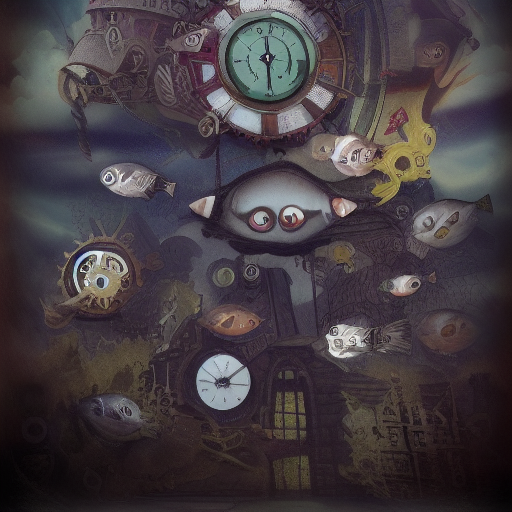Fear is the change killer
I am not the first to wonder about maintaining a start-up mentality into later growth cycles. A company rarely can. I postulate fear is one of the core issues.
Fear
They may grow to be wealthy but at some point become disrupted by smaller, but agile, companies.
The inability of a large company to react to changing markets or upstart companies comes down to fear.
Massive conglomerates have much more fear. They have something startups do not have: Something to lose. Studies have shown that humans react more to the idea of losing something than the prospect of gaining. A massive company has much to lose.
This fear of loss flows down through the organization from the top. It affects everyone from the chairman right down to individuals.
Startups do not have much to lose in comparison. They focus on making a breakthrough into a market and already have items at risk. The very nature of a startup is born with risk.
“I must not fear. Fear is the mind-killer. Fear is the little-death that brings total obliteration. I will face my fear. I will permit it to pass over me and through me. And when it has gone past I will turn the inner eye to see its path. Where the fear has gone there will be nothing. Only I will remain.”
Frank Herbert, Dune
Fear starts at the top
Large companies have shareholders or other investors they report to. How the stock market views the company affects the value of the company. Executives may hold large amounts of stock as part of their compensation. They may fear their net-worth dropping. Or they may be avoiding having to bring bad news to the board.

Fear flows into the sub organizations
Fear manifests in different ways as it flows down and across the organization. Leaders trying to climb the corporate ladder believe that any misstep will set them behind others. They become risk averse because they fear for their career goals. At the surface it is still about meeting the financial targets, but below that many feel missing targets makes them look bad. Some will still take risks and have gains because of it. Most of these will be minimal as they will not risk too much on a change.
Fear flows down into the departments
The fear here is also one of career progression. But it is also entwined with the organization above them. Leaders at this level will seek to gain approval for any major change. Their bosses are already risk-averse and will counsel against change. Somewhere around this level, the rules set in. Leaders will create a culture where they attempt to control everything below them. This causes many problems. Changes proposed may be viewed on the merit of the change, but at some level, it will be judged by how much it puts the leader at risk. This is not as self-serving as it sounds. How well a specific type of work is understood decreases as the distance from the actual work increases. As a mental survival tactic leaders need to abstract the work into general steps. They do not have, nor should they need to, insight into the details of the work. This is okay until they overcompensate by considering the parts they do know… risk and exposure. A change that may make things much better for those doing the work may get attention if it removes pain at this level. If the change does not benefit the larger organization, it may be viewed as an unnecessary risk - even if it would be huge to those in the work.
Fear flows down into the teams

Will companies try big changes when they need to?
Yes. When faced with massive loss or pain, they will decide change is needed. Unfortunately, by that time a long time culture of rigidity will make change very difficult indeed. Also change to save the company is often needed very quickly. Most companies simply cannot change their culture overnight.
The big solution (that won’t work)
We’ve seen articles on failing. I am not the first one to suggest we have to be okay, even encourage failing in things we try. But large companies simply do not have the fortitude to convince all levels of this. It will take leaders willing to open up to risk and fail in front of peers. Failing needs to be admired when done right.
The realistic solution (that benefits you now).
It needs to be a grassroots movement at the bottom. Changes at this level have lower with lower risk, but more of a direct impact on your well-being. If a change fails it can easily be reversed. These teams can show that small changes can produce benefits. They can also show they have little impact when they do not. This will teach the managers it can be done. In turn, the managers gain a belief in this new way and expand it. In time they will convince the directors above them. This infectious approach will only work to a certain level. But it is a damn sight better than we see it.
Tomorrow, or the next day, I will give you an approach to start with.

